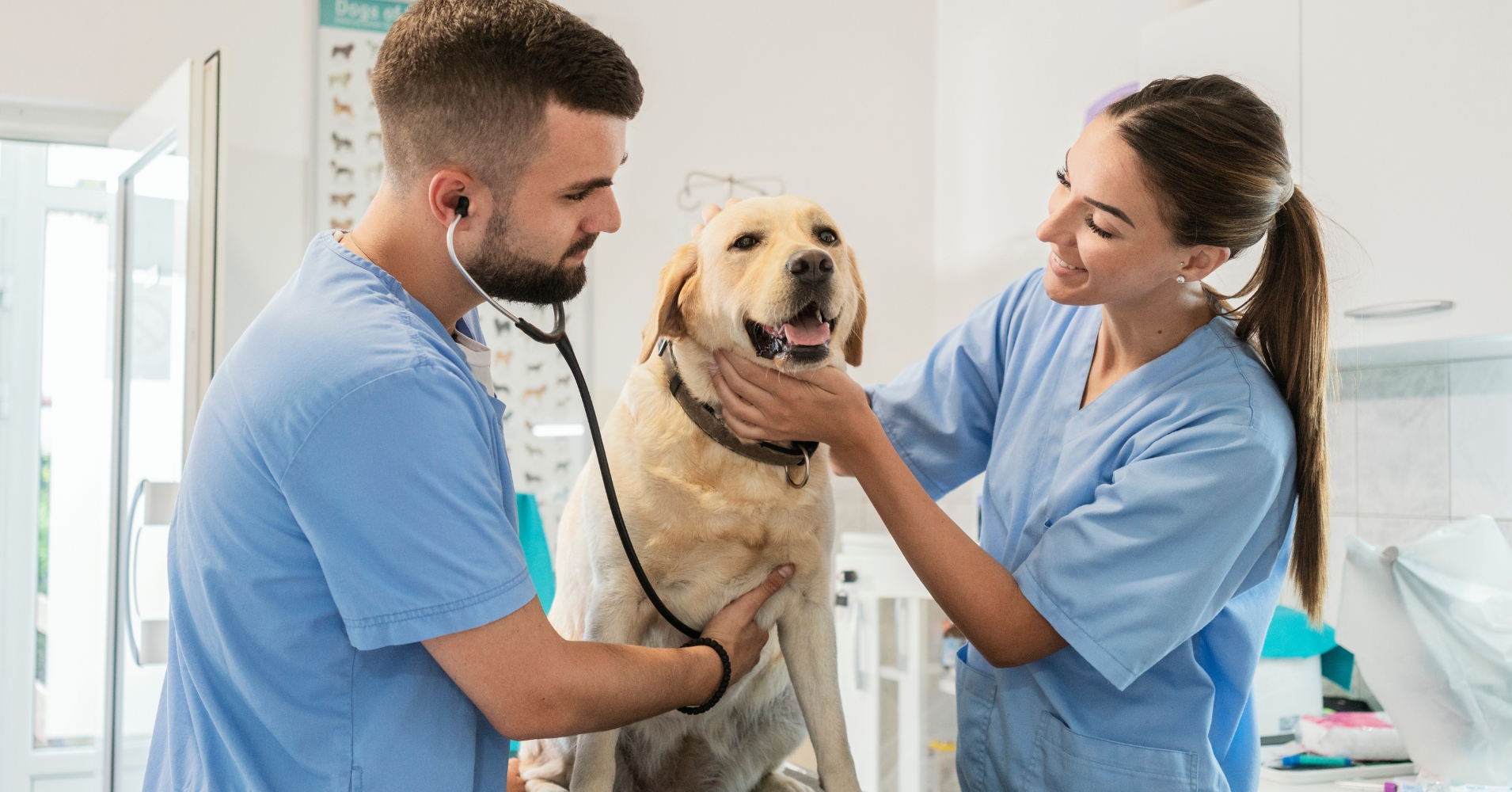Testing for UTI
As veterinarians, you know that bacterial infections are a common health issue among your furry patients. However, it’s essential to emphasize the importance of testing dog and cat urine for bacterial infections to ensure the best possible treatment and care. Use our UTI rapid testing kit for instant results and diagonse the problem.
What are UTIs?
Urinary tract infections (UTIs) are a prevalent type of bacterial infection in dogs and cats, causing symptoms like painful and frequent urination, and even incontinence. However, the only way to accurately diagnose a bacterial infection is through a urine culture and sensitivity test, which involves collecting a urine sample from the pet and sending it to a laboratory for analysis.
Testing for bacterial infections is crucial as it can prevent severe complications and ensure the appropriate treatment is administered promptly. If left untreated, a bacterial infection can spread to other parts of the body and cause organ damage. In the case of UTIs, untreated infections can lead to severe complications such as kidney damage and sepsis, which can be life-threatening.
Additionally, testing for bacterial infections can help identify the cause of the infection, enabling veterinarians to determine the best course of treatment. Causes of bacterial infections can vary, including underlying medical conditions, diet, and hygiene. Identifying the root cause of the infection will help in preventing future infections.
Moreover, testing for bacterial infections can be cost-effective. Treating a bacterial infection in its early stages is less expensive than treating a complicated infection that has spread to other parts of the body. By identifying and treating the infection promptly, veterinarians can avoid expensive medical bills and ensure their patients’ good health.
Therefore, it is imperative for veterinarians to recommend regular testing for bacterial infections in pet’s urine. Encouraging pet owners to test their pets’ urine for bacterial infections regularly, particularly if they notice any symptoms of a bacterial infection, will not only prevent complications but also contribute to maintaining their patients’ well-being.
In conclusion, testing dog and cat urine for bacterial infections is a critical aspect of veterinary medicine that should be emphasized. It can prevent complications, identify the root cause of the infection, and be cost-effective in the long run. Veterinarians should encourage pet owners to take the necessary steps to test their pets’ urine regularly, ensuring prompt treatment and helping pets recover quickly, allowing them to live happy, healthy lives.
Resources:
- “Urinary Tract Infections in Dogs and Cats.” Veterinary Partner, 17 May 2019, https://veterinarypartner.vin.com/default.aspx?pid=19239&id=4951375.
- “Urinalysis and Urine Culture.” American Veterinary Medical Association, 25 Aug. 2021, https://www.avma.org/resources/pet-owners/petcare/urinalysis-and-urine-culture.
- Chakraborty, Debasis, et al. “Urinary Tract Infection in Cats.” Veterinary World, vol. 8, no. 4, Apr. 2015, pp. 409-416, doi:10.14202/vetworld.2015.409-416.
- Fulkerson, Christina M., et al. “Association between Urinary Tract Infection and Culture-Specific Antibiotic Therapy in Dogs.” Journal of Veterinary Internal Medicine, vol. 29, no. 4, July 2015, pp. 1106-1113, doi:10.1111/jvim.12599.
- Osborne, Cynthia A., et al. “Urinary Tract Infections in Dogs: Diagnosis and Treatment.” Journal of the American Animal Hospital Association, vol. 42, no. 5, Sept./Oct. 2006, pp. 391-397, doi:10.5326/0420391.

